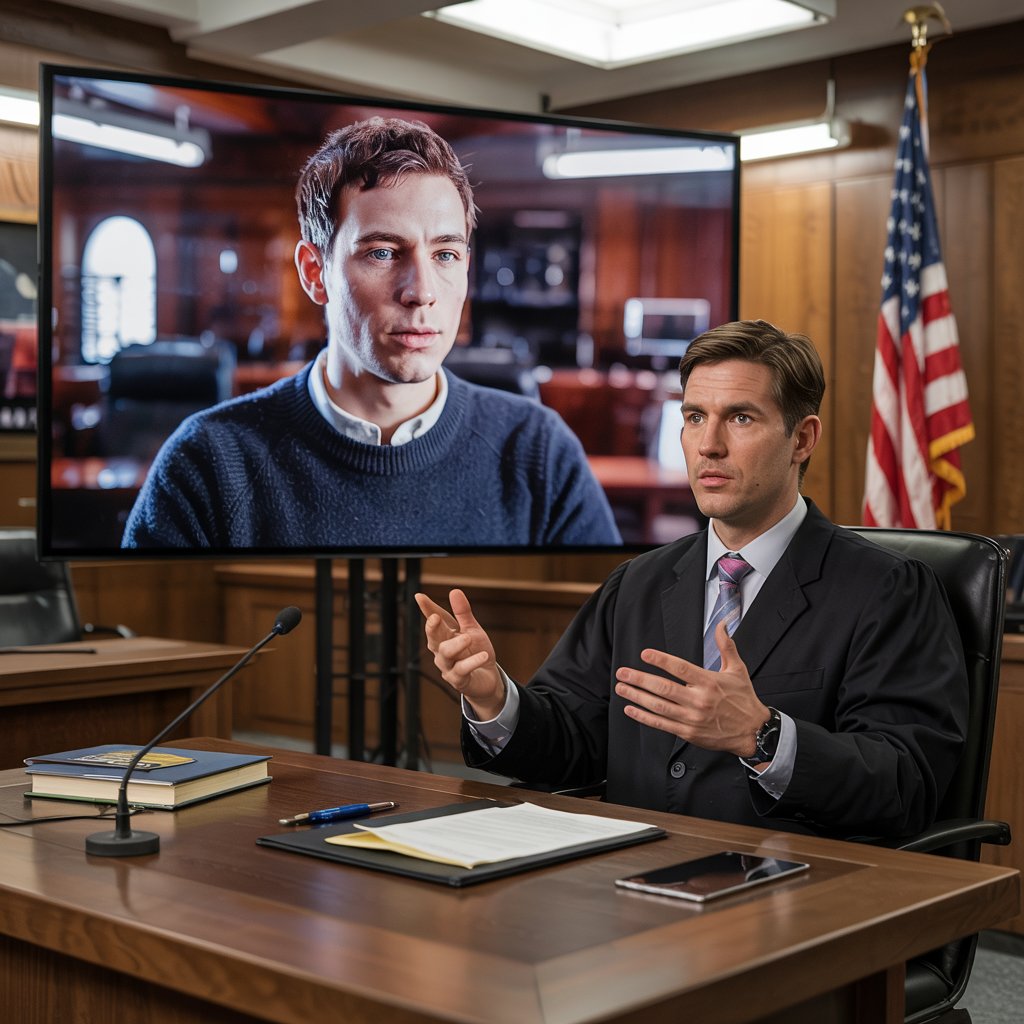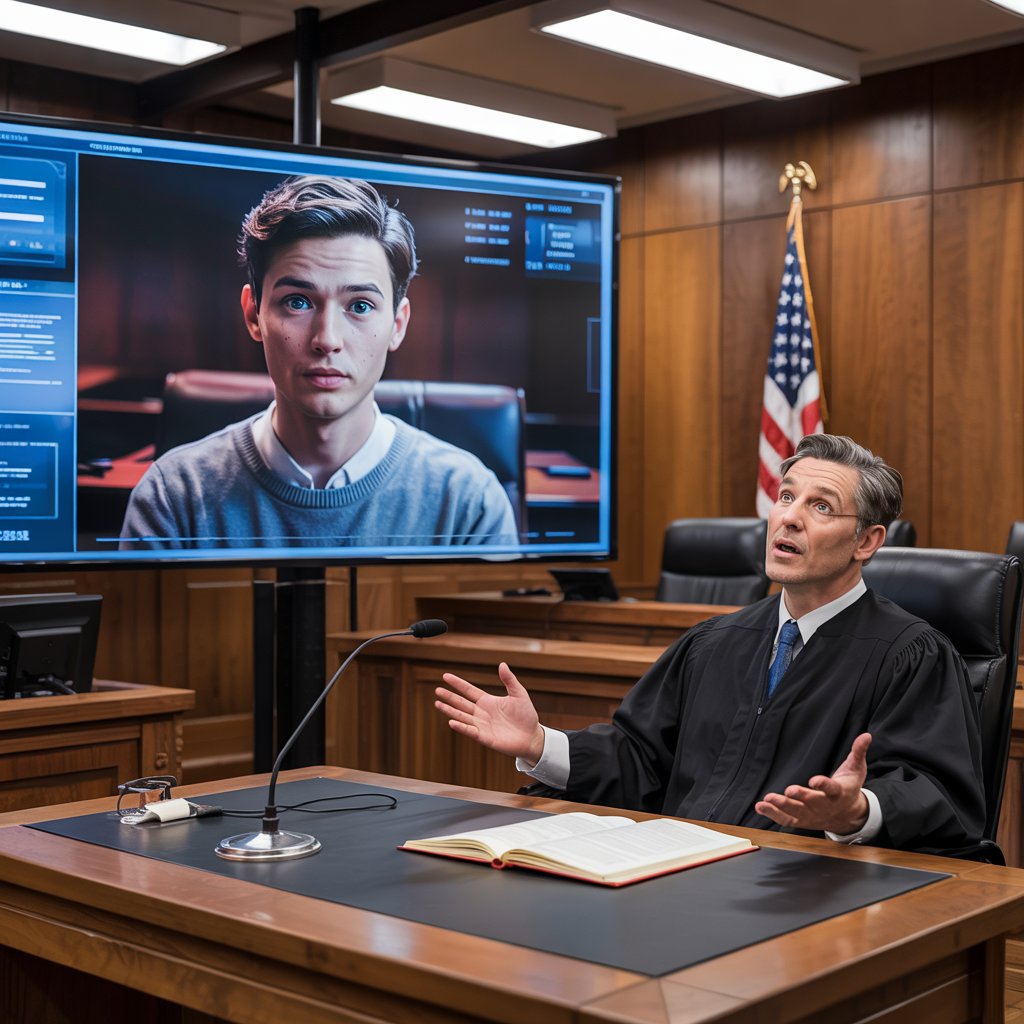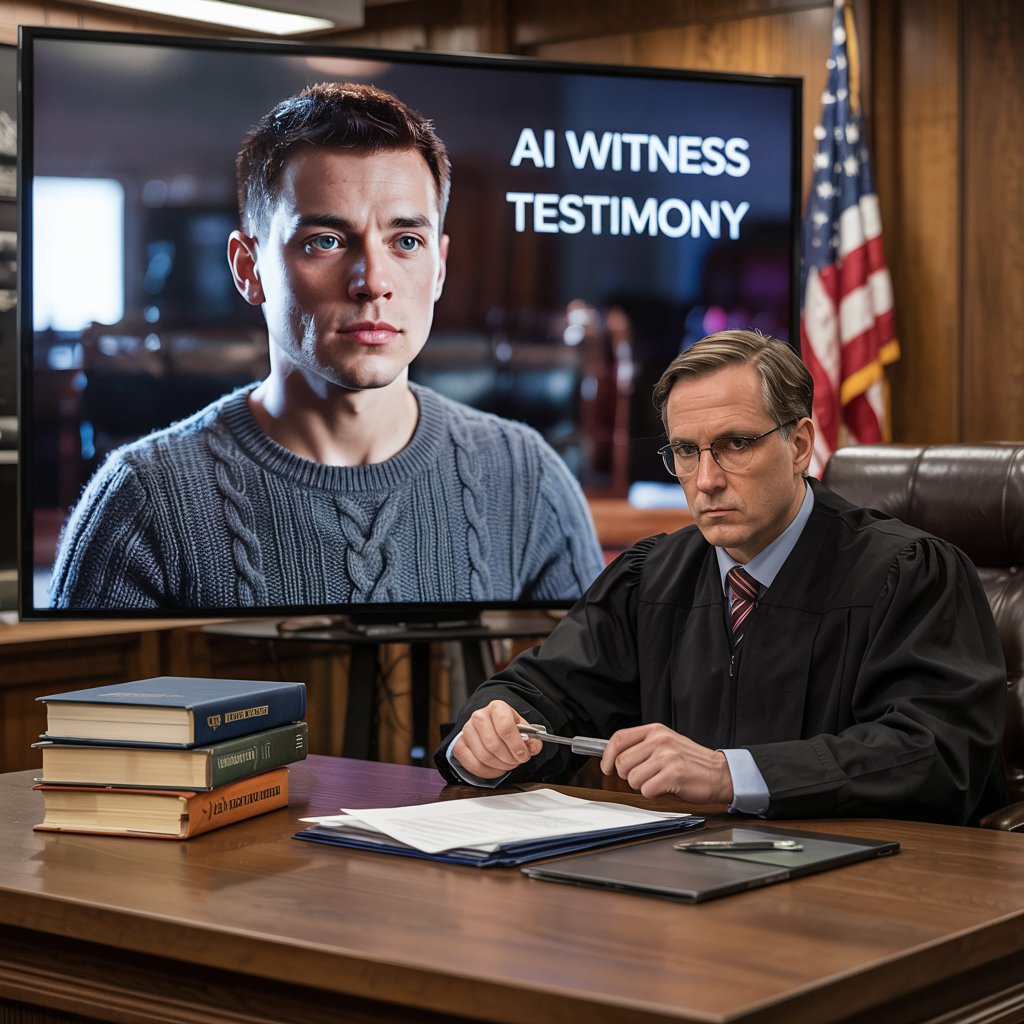
In a surprising courtroom event, a man used an AI avatar to argue his case before NY judges — but things didn’t go as planned. Here’s what happened.
🧑⚖️ When AI Meets the Courtroom: NY Judges Reject Man’s Attempt to Argue Case with an AI Avatar
🧠 A New Kind of Legal Argument — Powered by AI?
On March 26, 2025, the New York State Supreme Court Appellate Division witnessed a first-of-its-kind moment. A man named Jerome Dewald, representing himself in an employment lawsuit, attempted to present his oral argument through a pre-recorded AI avatar video.
But what he thought was innovation — quickly turned into a courtroom controversy.
🎥 What Exactly Happened?
Dewald, acting as his own attorney (pro se), submitted a video for his court appearance. Instead of appearing himself, the screen showed a young male avatar in a sweater, generated using AI, speaking legal arguments on his behalf. AI Avatar
The moment the video started, Justice Sallie Manzanet-Daniels stopped the proceedings and asked, “Is that you speaking?” Dewald admitted it wasn’t — and the courtroom atmosphere changed instantly.
“That’s not a real person. I generated that,” Dewald said.
The judge was visibly frustrated and expressed concern about not being informed. The AI video was immediately shut down, and Dewald was told to proceed with his own voice.

🧍 Why Did He Use an AI Avatar?
Dewald explained that he:
- Had no legal training
- Was nervous about public speaking
- Wanted to sound more clear and confident
He used an AI tool developed by a San Francisco-based tech company to create the avatar. Though he initially planned to make it look like himself, he couldn’t manage it in time.
After the incident, Dewald wrote a formal apology to the court, saying he meant no harm.
⚖️ The Legal & Ethical Dilemma WITH AI Avatar
Using AI-generated avatars in court proceedings raises major ethical questions. The biggest issue? Lack of disclosure.
Unlike submitting written documents, oral arguments are meant to show live reasoning and authenticity. Using an AI voice and face not only misrepresents the speaker but also blurs the lines between human interaction and automation in a justice setting. AT AI Avatar

🧠 Not the First AI Legal Mishap
This isn’t the only time AI has caused trouble in court:
- June 2023: Two lawyers were fined $5,000 in NY for citing fake, AI-generated case law.
- Late 2023: Michael Cohen’s lawyers submitted court documents with rulings generated by ChatGPT — which didn’t exist.
These incidents show how AI tools, when misused or misunderstood, can undermine the credibility of the legal system.
✅ When AI Is Acceptable in Law
Interestingly, some courts are embracing AI — just not for arguments AI Avatar.
The Arizona Supreme Court uses avatars named Daniel and Victoria to explain court decisions to the public. These avatars clearly disclose their AI nature and are used purely for educational outreach, not live proceedings.
So yes, there’s a place for AI in law — but transparency is key.
📢 Legal Experts Weigh In
Daniel Shin, a legal tech expert from William & Mary Law School, commented:
“It was inevitable… especially by self-represented litigants who don’t fully understand the risks.”
He emphasized that licensed attorneys wouldn’t risk such behavior, as it could lead to professional sanctions or disbarment.
📝 Final Words from Dewald
After watching an ABA webinar on AI in legal work, Dewald believed he was being “forward-thinking.” In his apology, he made it clear that his intention wasn’t to deceive, but simply to communicate better.

As of April 4, 2025, his appeal is still under review.
🤖 Conclusion: AI Has Entered the Courtroom — But Are We Ready?
AI is transforming industries — law included. But this incident shows that courtrooms demand authenticity, integrity, and full disclosure. Whether you’re a lawyer or a self-represented individual, using AI in such settings without permission could be more harmful than helpful.
The line between innovation and misconduct? It’s thinner than ever.